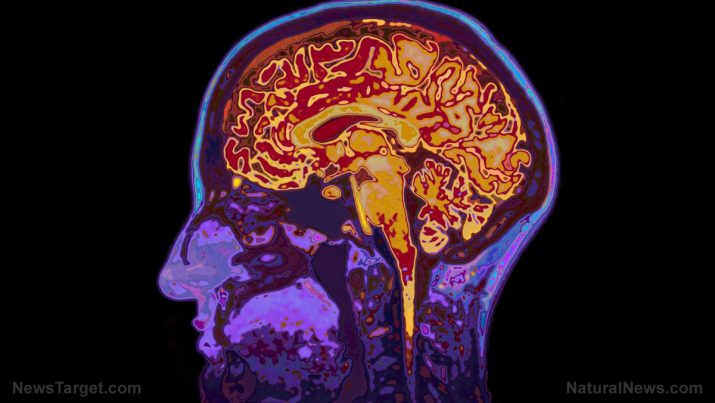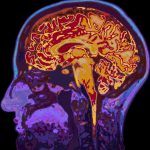
Your brain may be older than your body, new study finds
Tuesday, July 24, 2018 by Edsel Cook
http://www.naturalnewsresearch.com/2018-07-24-your-brain-may-be-older-than-your-body-new-study-finds.html

A new animal study suggests that aging affects the brain earlier than the rest of the body. During the experiment, the immune cells of the brains of middle-aged mice showed similar activity to the ones in older mice, an article in American Physiological Society states.
These cells are called microglia cells, which control potentially harmful inflammation in brain cells.
Excessive inflammation in the brain is linked with neurodegenerative diseases that are associated with aging. These include Parkinson’s disease and Alzheimer’s disease.
As microglia cells are responsible for that particular process in the brain, researchers have come to the belief that they are partly culpable for neurodegeneration. (Related: This is why older people have a harder time focusing under stress.)
Aging microglia cells overreact and lose control of inflammatory immune response
Microglia shield the brain from infectious pathogens. They also make sure the brain is running in the right way. When they detect an infection, microglia cells release pro-inflammatory molecules that inflame affected tissue as part of the overall immune response. After the sickness has been dealt with, they release anti-inflammatory molecules that deactivate inflammation.
Young microglia are able to maintain strict control of the immune response. As they age, they start to overreact and may trigger inflammation ahead of schedule or when it isn’t necessary. They may also begin to lose control of the immune activity. Older microglia cells can take too long to release the anti-inflammatories that end the immune reaction.
Whether inflammation lasts too long or takes place far too often, it will cause damage to the brain cells.
Jyoti Watters is the lead investigator of the new study. Hailing from the University of Wisconsin-Madison (UW Madison), Watters explained that the immune activity of microglia changes over the years. However, the existing literature is unclear on the time-frame when microglia cells begin to show their age. It is also unknown if the pro-inflammatory function is the first to be affected by aging, or if it is the anti-inflammatory response that degrades first.
Mouse model shows brain microglia cells show aging signs during middle-age
The mouse model constructed by Watters and his team indicated that the aging effect takes place earlier than expected. They looked into the microglial activity in the brains of two groups of mice. The young group were two months old, while the middle-aged ones were nine to 10 years of age.
The UW Madison researchers administered lipopolysaccharide (LPS) to both groups of animals. Also known as endotoxins, these molecules are produced by bacteria, many of which are pathogenic. LPS is known to trigger the immune system and provoke inflammation. The researchers injected it twice into the mice in order to test if the microglia could reset their immune activity and handle a second round of inflammation.
They reported that middle-aged mice showed excessive pro-inflammatory responses and normal levels of anti-inflammatory responses. Furthermore, the second injection of endotoxins triggered normal levels of both responses in the mice. In comparison, young mice demonstrated normal levels of pro-inflammatory and anti-inflammatory responses following both injections.
Based on their findings, the researchers believe microglia cells start to function differently during the onset of middle age. However, the cells were also shown to respond normally to the second injection.
Given the anti-inflammatory response continues to work normally, Watters theorizes that age-related changes are only beginning to take place at this point in mice. He adds that the human equivalent is not yet known – although if the results from the animal studies are anything to go by, human microglial cells could be experiencing aging-related changes earlier than experts assume.
Learn more about how aging and other processes affect your brain at Brain.news.
Sources include:





